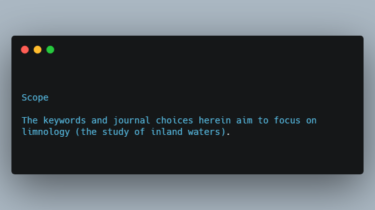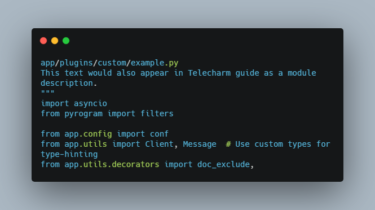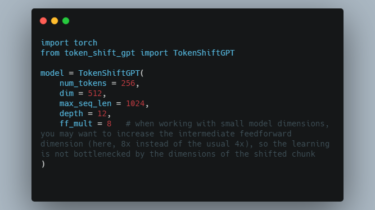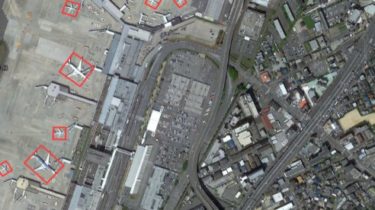Twitter feed of newly published articles in Limnology
limnopapers Code to monitor limnology RSS feeds and tweet new articles. Scope The keywords and journal choices herein aim to focus on limnology (the study of inland waters). They are also meant to exclude related topics such as fisheries ecology, water resources engineering, estuarine/marine ecology, ecological genetics, and the study of specific “inland seas” like the North American Great Lakes. Feel free to weigh-in in the repository issues on scope recommendations! Usage Query papers that came out prior to today […]
Read more








